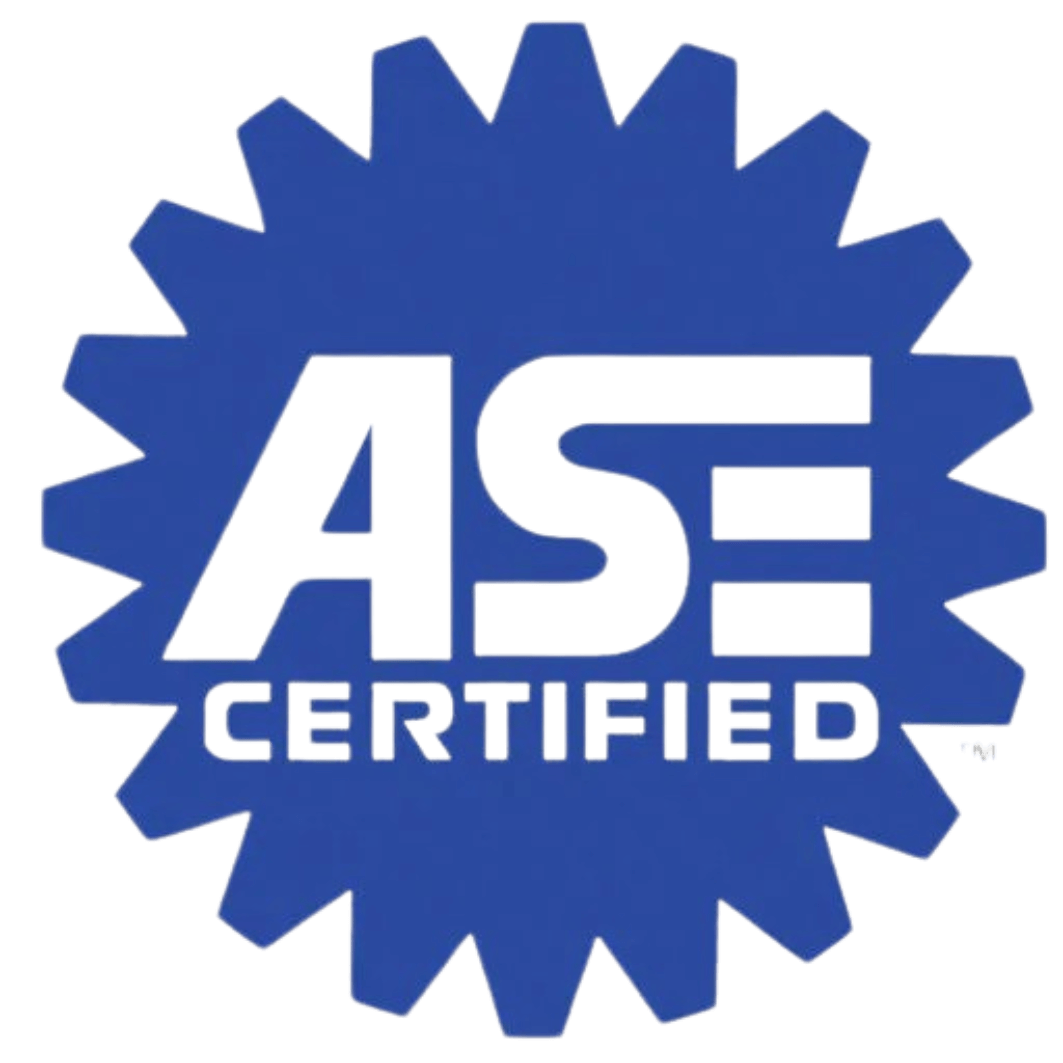A/C Problems? Don’t Sweat it!

Planning a Summer Road Trip? Don’t Overlook Your A/C System For many people, a significant part of summer is embarking on road trips- whether to a neighboring state or (for the hardcore ones) cross-country. While there are many factors that can cause stress to a long drive (such as… the drive), one major concern is […]
What is an Engine Tune Up? The Importance of Preventive Maintenance for Your Vehicle
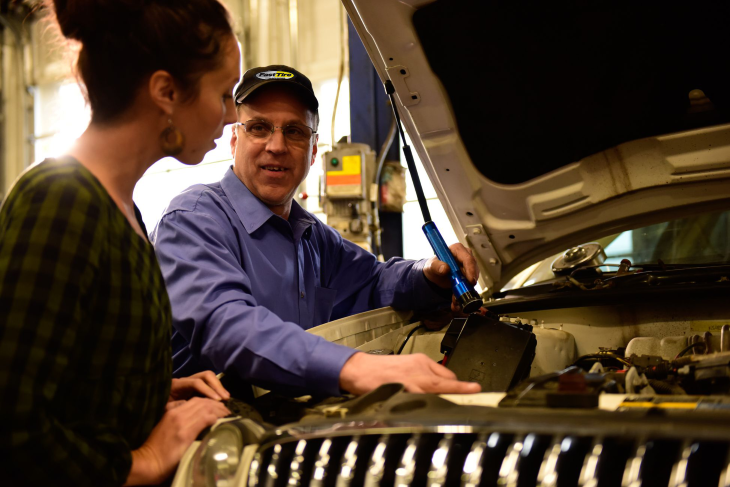
What is an Engine Tune-Up & Why Preventive Maintenance Matters Whether you drive a fuel-powered car, minivan, SUV, pick-up truck, or any other type of vehicle, it is an incredibly complex machine that needs regular maintenance to ensure top performance and dependability for many miles of trouble-free driving. With more than 50 years of […]
Summer Car Maintenance Checklist: Make Sure Your Vehicle Is Road Trip Ready

[vc_row][vc_column][vc_column_text] Are you ready for the Summer? Long drives, high temperatures, and extra mileage can push your vehicle to its limits. Let the ASE Certified Techs at Car-X Tire & Auto make sure your vehicle is safe & road ready! Summer Car Maintenance Checklist Battery & Charging System It’s actually summer heat that does the most damage […]
Can My Flat Tire Be Fixed?

At some time or another, most people will experience a flat tire on their car. Flats can happen for a variety of reasons, and the good news is that in most cases, tires that have gone flat can be repaired. However, not all tires can be repaired. In this blog, let’s take a look at the various […]
What’s the Difference Between Conventional vs. Semi-Synthetic Oil?

[vc_row][vc_column][vc_column_text] When it comes to the maintenance of vehicles, motor oil, and oil changes are imperative. Motor oil is essential for properly lubricating a car’s engine, at all temperatures and speeds. There are many different types of motor oil on the market today, including conventional, synthetic, and semi-synthetic blends. No matter what kind of car […]
Why is My Check Engine Light On?
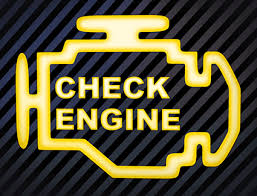
[vc_row][vc_column][vc_column_text] You are driving your car down the freeway, and everything seems to be fine. Then suddenly the Check Engine Light illuminates on the dashboard. When this issue occurs, it is important that you address this problem in a timely manner. In this blog, we will take a look at what to do when your Check Engine […]
Why Your Car’s Engine Is Making a Rattling Noise
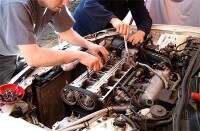
Are you hearing a rattling or pinging sound from your car? Is the noise coming from the engine area? An engine rattling noise can be a sign that something is wrong, and should be addressed as soon as possible. Let’s take a look at some possible reasons why your car’s engine is making unusual sounds. […]
What Happens If You Delay an Oil Change? | Car-X Oil Change Services
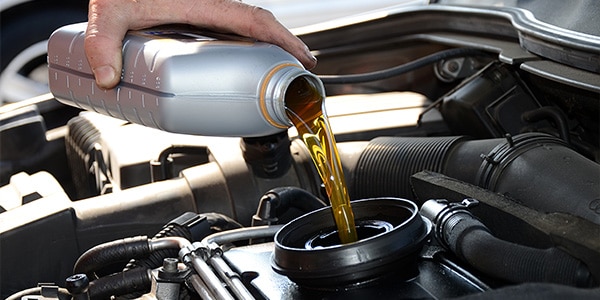
What Happens If You Delay an Oil Change? Regular oil changes are one of the most effective ways to keep your vehicle running smoothly and reliably for years to come. With a busy schedule, it might be tempting to postpone your next oil change. However, automotive experts strongly advise against this. In this blog, we’ll […]
All-Season Tires vs. Winter Tires: Differences & Benefits
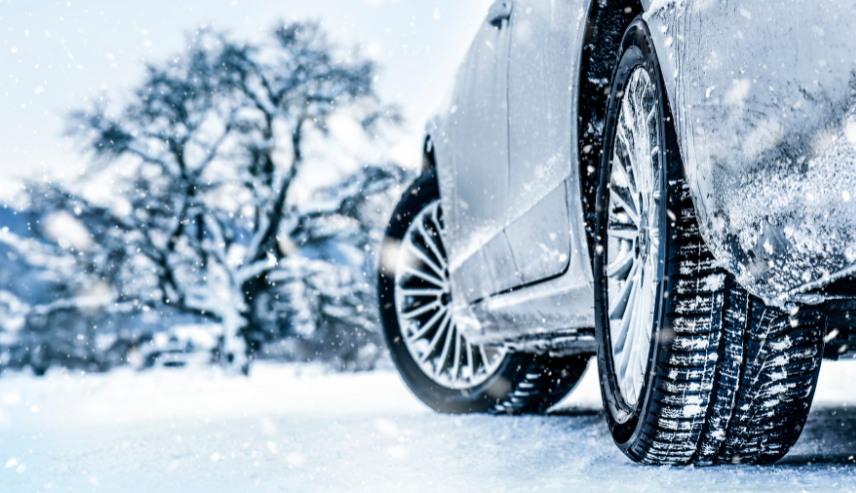
All-Season Tires vs. Winter Tires: Differences & Benefits Having the right tires on your car is critically important, especially during rain, or snow season. There are so many different types of tires on the market today that choosing the best ones can be confusing. In this blog, we’ll examine two popular types of tires: all-season […]
Top 5 Reasons Why Your Steering Wheel Won’t Turn

Problems with Your Steering Wheel? We’ve got the Answer There’s nothing worse than realizing your steering wheel isn’t turning right or is simply not turning at all. When these issues arise, it’s important to remember that there is usually a simple explanation and there’s no need to worry. That being said, it is important to […]
Will My Battery Last This Winter? Car Battery Maintenance
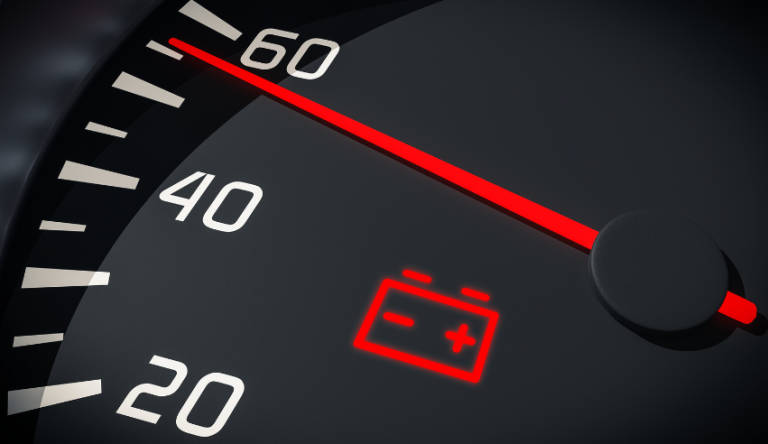
Will My Battery Last This Winter? Essential Winter Car Battery Maintenance Of all the components on your car, the battery is one of the most important. It is responsible for storing the needed energy to start the engine. All extreme weather can be hard on car batteries, but this is especially true during the winter time. At […]
Ultimate Guide to Car and Vehicle Alignment
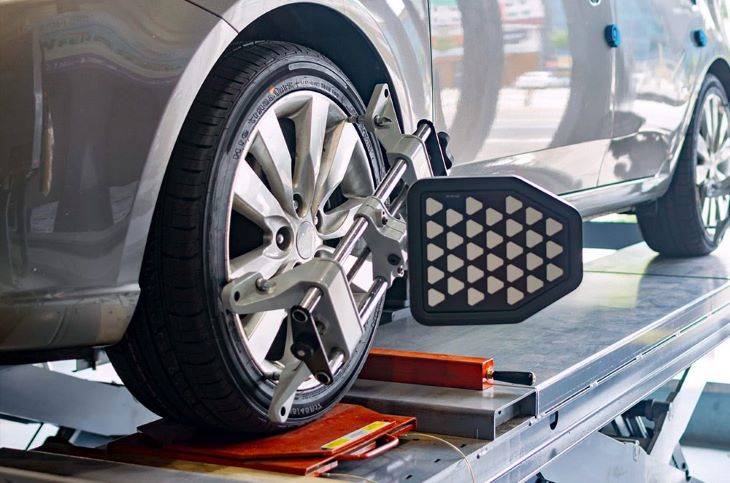
The Importance of Vehicle Alignment Maintaining your vehicle’s alignment is a critical aspect of car care that often goes overlooked. Proper wheel alignment not only ensures a smoother and safer ride but also plays a key role in extending the lifespan of your tires and improving fuel efficiency. In this ultimate vehicle alignment guide, we’ll […]
Understanding Your Car’s Exhaust System
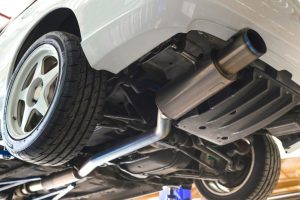
[vc_row][vc_column][vc_column_text] Understanding Your Car’s Exhaust System Your car’s exhaust system is one of its most critical components, not only for proper engine performance, but also for the safety of passengers riding in the vehicle. In this blog, let’s look at the main parts of a car’s exhaust system, how they work, and what you need […]
Car Air Bags & Child Safety | Vehicle Air Bag Safety Tips
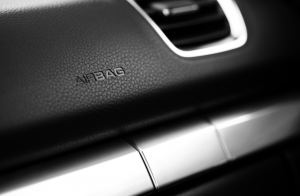
Air Bags & Child Safety In the U.S., every car, SUV, van and truck manufactured since 1998 is equipped with air bag safety technology. According to the National Highway Traffic and Safety Administration, 50,000 lives have been saved over a 30-year period because of air bags. Car and Vehicle Air Bags: What Parents Need to […]

